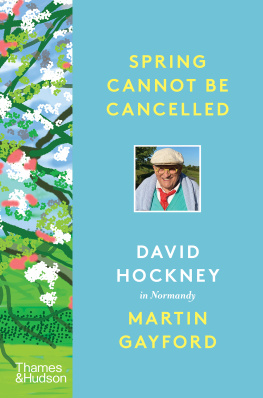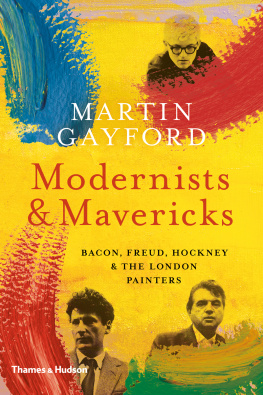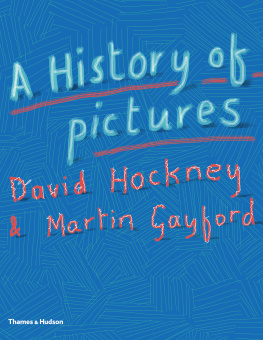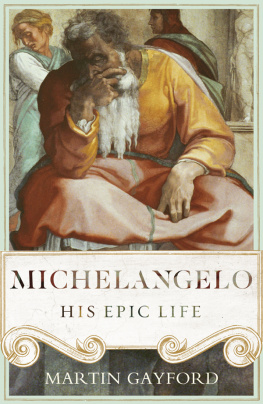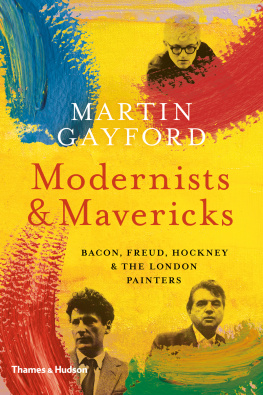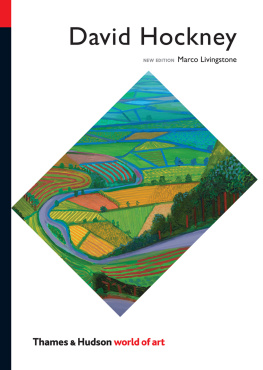


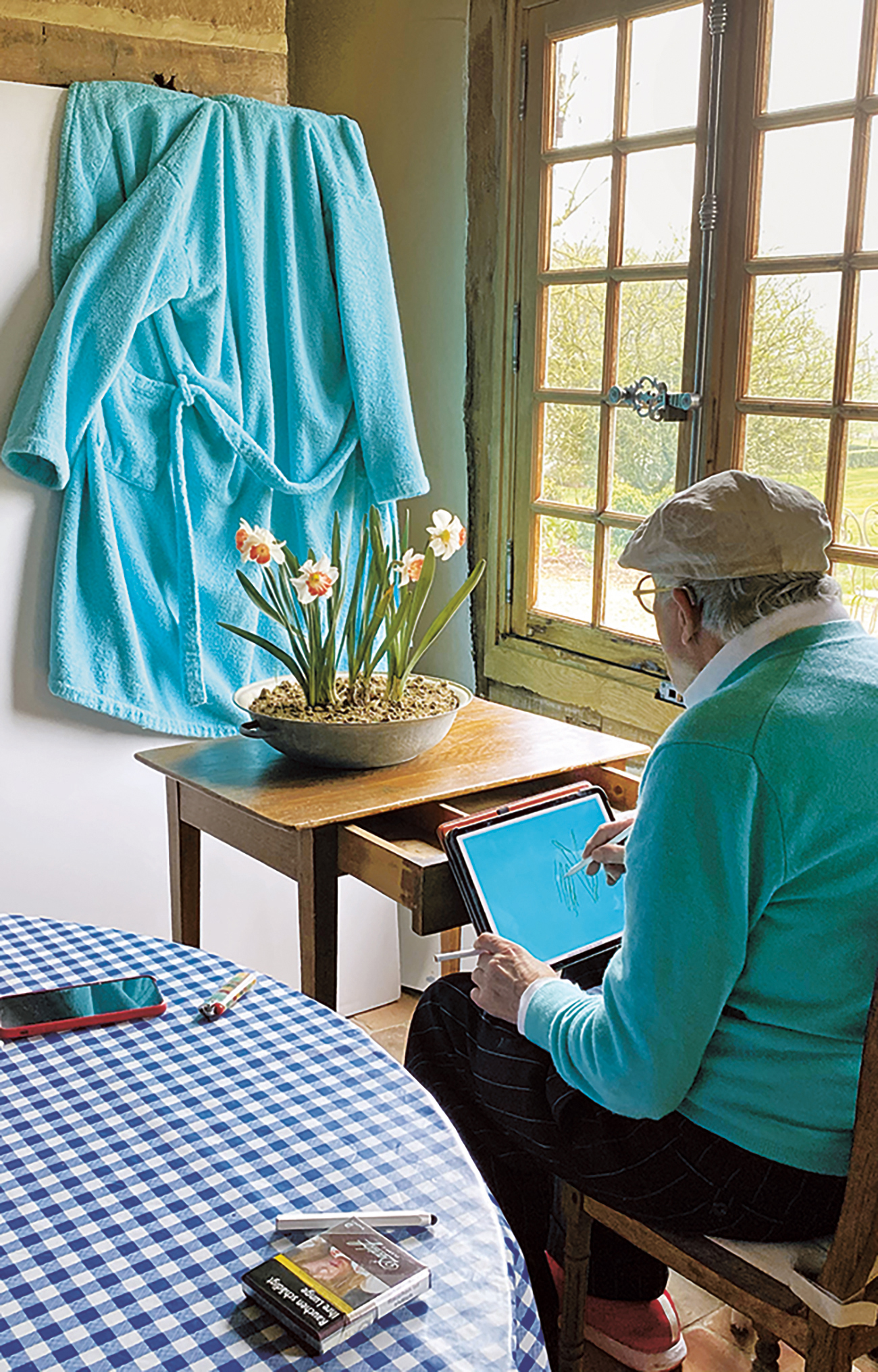
About the Authors:
David Hockney is perhaps the most critically acclaimed artist of our age. He has produced work in almost every medium and has stretched the boundaries of all of them. His bestselling Secret Knowledge: Rediscovering the Lost Techniques of the Old Masters is also published by Thames & Hudson, as are his previous books in partnership with Martin Gayford: A Bigger Message and A History of Pictures.
Martin Gayford is art critic for The Spectator. His books include Modernists & Mavericks, Man with a Blue Scarf, A Bigger Message, A History of Pictures (with David Hockney), The Pursuit of Art, and, most recently, Shaping the World: Sculpture from Prehistory to Now (with Antony Gormley).
Other titles of interest published by
Thames & Hudson include:
A Bigger Message: Conversations with David Hockney
Martin Gayford
A History of Pictures: From the Cave to the Computer Screen
David Hockney and Martin Gayford
Modernists & Mavericks: Bacon, Freud, Hockney and the London Painters
Martin Gayford
Hockney Van Gogh: The Joy of Nature
Hans den Hartog Jager
Be the first to know about our new releases,
exclusive content and author events by visiting
www.thamesandhudson.com
www.thamesandhudsonusa.com
www.thamesandhudson.com.au
CONTENTS
22 October 2018
Dear Martin
We are now back from France, where we had a wonderful time. We left London at 9.30am and drove to the Tunnel. With our Flexiplus tickets, we could just drive straight onto a train without stopping. We were in Honfleur by 3pm or 4pm local time. We then watched a magnificent sunset over the Seine estuary.
Next we saw the Bayeux Tapestry a marvellous work without a vanishing point or shadows (when did they begin, is my question to the art historians?). We then went to Angers and saw the Apocalypse Tapestry (also no shadows), and then in Paris we saw the unicorn tapestries. So within a week we had seen three of Europes greatest tapestries.
In Paris, we also saw Picassos Blue and Rose periods at the Muse dOrsay, and then went to the Pompidou and saw about eighty paintings in the Cubist show so his work from the age of twenty to thirty. A magnificent achievement.
The food was fabulous all that delicious butter and cream and cheeses. We also found France a lot more smoker-friendly than mean-spirited England. In fact, Ive decided to do the arrival of spring in Normandy in 2019. There are more blossoms there: you get apple, pear, and cherry blossom, plus the blackthorn and the hawthorn, so I am really looking forward to it.
Love
David H
I have known David Hockney for a quarter of a century now, but we live in different places and always have done which gives our friendship a certain rhythm. For long periods, it is conducted at a distance, by email, phone calls, an occasional parcel and a steady stream of pictures that arrive almost daily in my inbox. Sometimes, when he is in an intense phase of activity, there may be three or four images together, showing a work at various stages of completion. Occasionally there is a joke or a story from the news that has caught his attention. Then, when we meet again after months or even years, our conversation resumes as if there had been no interruption. Except there is a constant, almost imperceptible, shift in perspective.
Over the many years that we have been talking with one another, innumerable things have happened around us, while we have also become older, naturally, accumulating new experiences as we do. The result is that even if we are contemplating something that we had discussed long ago or more than once, a particular picture for instance, the place from which we are doing so is novel, because it has never existed before. That place is now. Perspective, in this sense, affects not just pictures and how they are made a perennial topic for David and me but all human affairs. We see every event, person, and idea from a certain vantage point. As we move through time and space, that position alters, and consequently so does our angle of vision.
Before October 2018, when I received the email opposite, he and I had last spent hours in uninterrupted conversation two years earlier, when we had published a jointly written book entitled A History of Pictures, and I had stayed with him in his house on Montcalm Avenue in the Hollywood Hills. Since then, time had flowed on. The following year, he had turned eighty, prompting a succession of exhibitions around the world in Melbourne, London, Paris, New York, Venice, Barcelona, and Los Angeles which amounted to a global lap of honour. This made for a full schedule. In the intervals between grand openings and interviews, he was also very busy in his studio, making several series of extraordinary pictures and also a number of intellectual discoveries. In June 2017, at the time of the British general election, for example, my wife Josephine and I were travelling in Transylvania. In amongst news from home about the state of the polls, a message from California suddenly popped up on my phone. It concerned perspective systems and an art theorist of whom I had not heard.
Dear Martin
Do you know Pavel Florensky, a Russian priest, mathematician, engineer, and scientist who wrote about art? He wrote a terrific essay on reverse perspective. It appears that perspective was first used in the theatre (Greek). I have pointed out the connection between photography and the theatre: they both need lighting. Anyway, hes a very interesting writer who lived at the wrong time a kind of Russian Leonardo. He was shot by Stalin in 1937.
Love
David H
Attached was a text eighty or so pages long, the reading of which on an iPhone in the Carpathian Mountains posed quite a challenge. Nonetheless, I had a go. It turned out to be highly intriguing. Florensky argued against the notion that there is only a single, correct variety of perspective: the Renaissance or linear type, first demonstrated by Filippo Brunelleschi in the early fifteenth century, with a single vanishing point. Instead, he insisted that the way of depicting space in medieval Russian icons, such as those by Andrei Rublev, was just as valid. These pictures did not have one fixed vanishing point; they were polycentred. By this, Florensky meant that the composition is constructed as if the eye were looking at different parts of it, while changing its position. It was not hard to understand why this essay had struck such a chord with Hockney. This was a way of constructing a picture that he had been exploring for forty years. It was the basis of his photocollages of the 1980s and the eighteen-screen and nine-camera films of around 2010. That first email was followed a few days later by another.
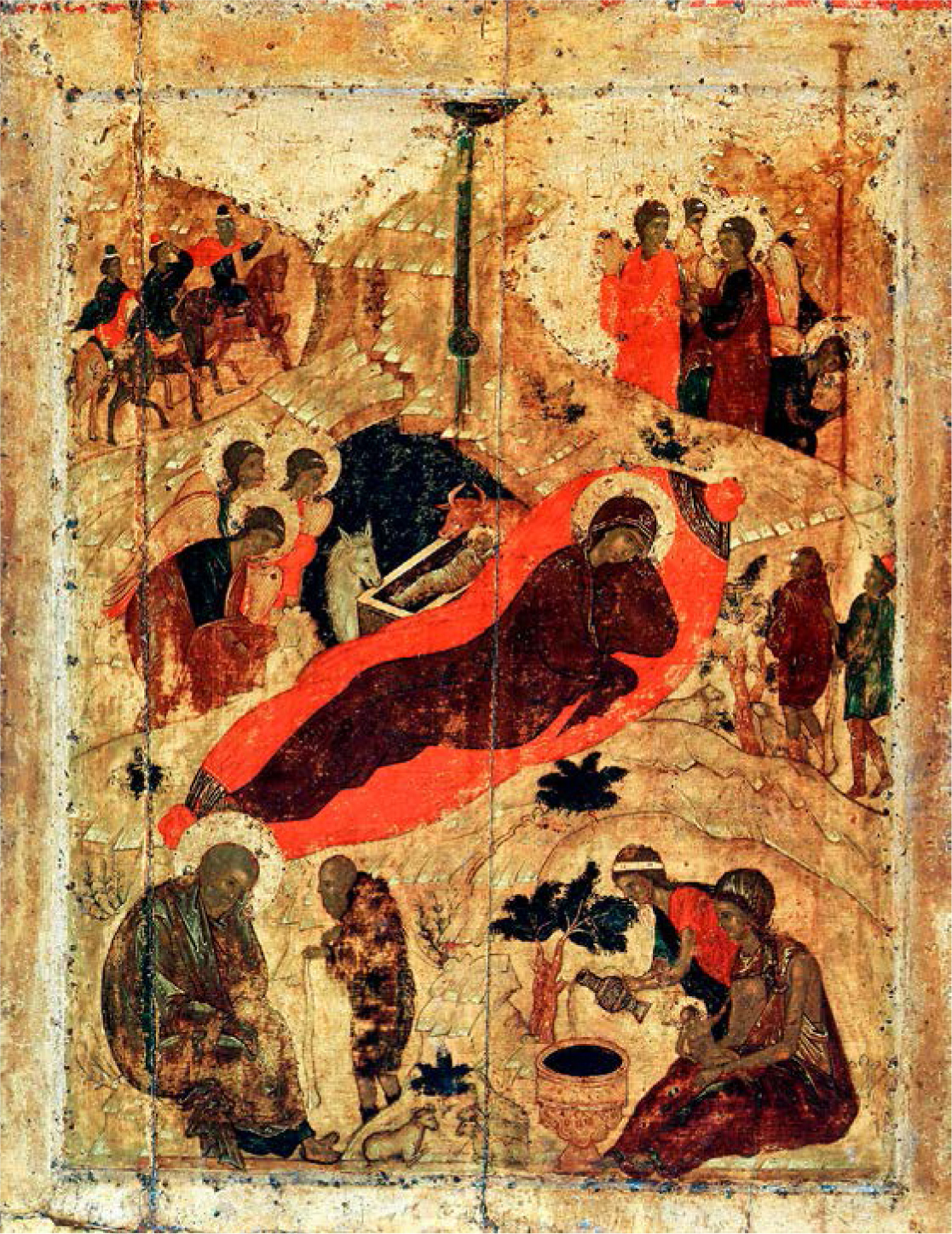
Andrei Rublev, Nativity, c. 1405
Next page
